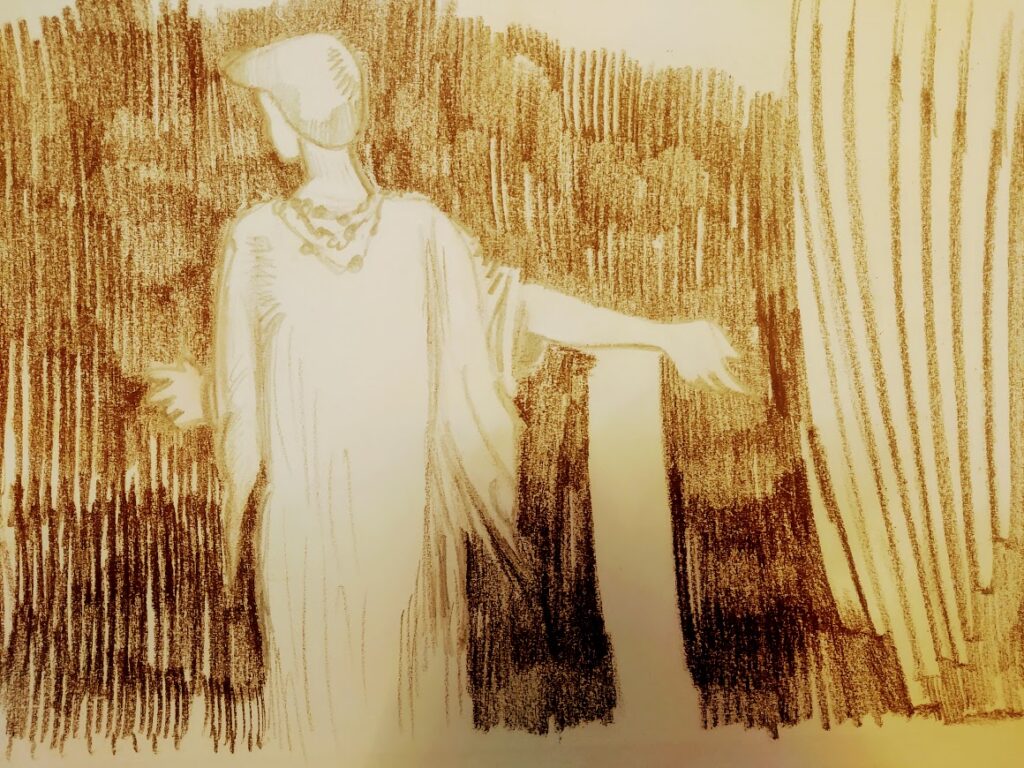Exploring the Paradox of Sleep Paralysis during Dream States 💎🔮
Exploring the Paradox of Sleep Paralysis during Dream States
Sleep paralysis, a phenomenon characterized by an inability to move during the transition into or out of sleep, is a fascinating subject that intersects science, literature, and personal experience. Michel Jouvet’s pioneering experiments in 1979 laid the foundation for our understanding of this condition, revealing that the pons area within the brainstem plays a critical role in muscle paralysis during REM sleep. This paralysis prevents dreamers from physically acting out their dreams, a protective mechanism that allows the brain to simulate scenarios without the risk of injury.
Jouvet’s work with cats demonstrated the dramatic consequences of disabling these paralysis centers: animals began to physically enact their dreams, suggesting that paralysis during REM sleep serves as a form of “dry run” for instinctual behaviors. This insight not only broadens our comprehension of animal behavior but also offers a window into human sleep disorders.
REM Behavior Disorder and Narcolepsy: A Deeper Dive
REM Behavior Disorder (RBD) emerges as a condition where the paralysis mechanism fails, leading individuals to physically act out their dreams. This disorder, often appearing in older adults and sometimes linked to Parkinson’s disease, brings to light the delicate balance the brain maintains during sleep. Intriguingly, the character Don Quixote from Cervantes’ masterpiece might have been an early literary depiction of RBD, showcasing the timeless nature of our fascination with sleep’s mysteries.
Narcolepsy, on the other hand, presents a different challenge, with patients experiencing inappropriate sleep paralysis and cataplexy, a sudden loss of muscle tone while awake. These symptoms underscore the complexity of the sleep paralysis mechanism and its profound impact on those affected.
Sleep Paralysis and Hypnagogic Hallucinations: The Mind’s Theater
Sleep paralysis occasionally affects even the healthy population, manifesting as a terrifying inability to move or speak upon waking or falling asleep. Accompanied by vivid hallucinations, this condition blurs the lines between dream and reality, often leaving individuals feeling vulnerable and frightened. Despite its unsettling nature, understanding sleep paralysis as a common experience can alleviate fears and encourage open discussion.
Similarly, hypnagogic hallucinations offer a glimpse into the brain’s creative depths, occurring as one drifts off to sleep or awakens. These vivid experiences highlight the fluid boundary between consciousness and the dream world, challenging our perceptions of reality.
Conclusion
The exploration of sleep paralysis, RBD, narcolepsy, and related phenomena illuminates the intricate dance between our conscious and unconscious selves. Through scientific research, literary reflection, and personal narratives, we gain insight into the mysteries of sleep, uncovering the delicate balance our brains maintain to protect and enrich our lives during these vulnerable hours.
